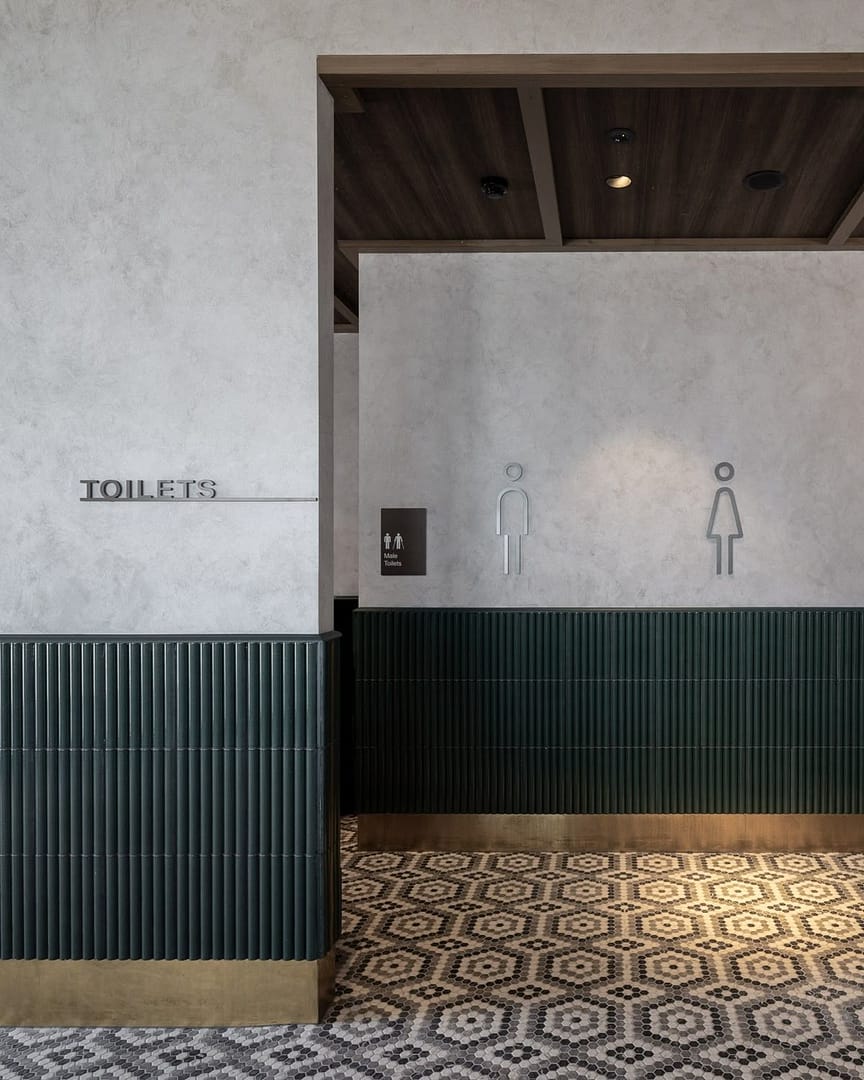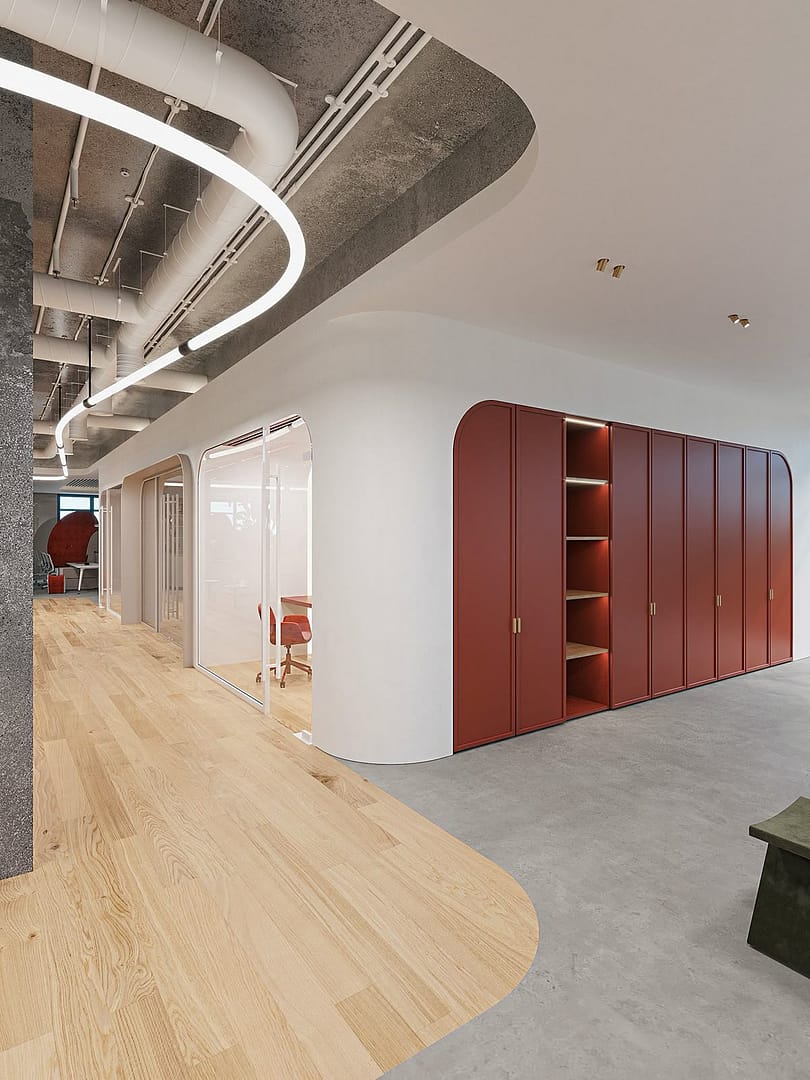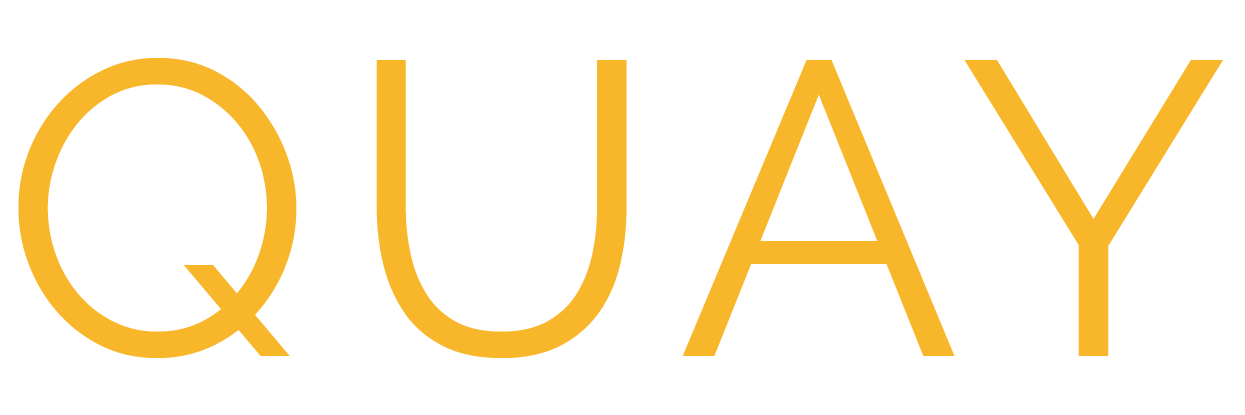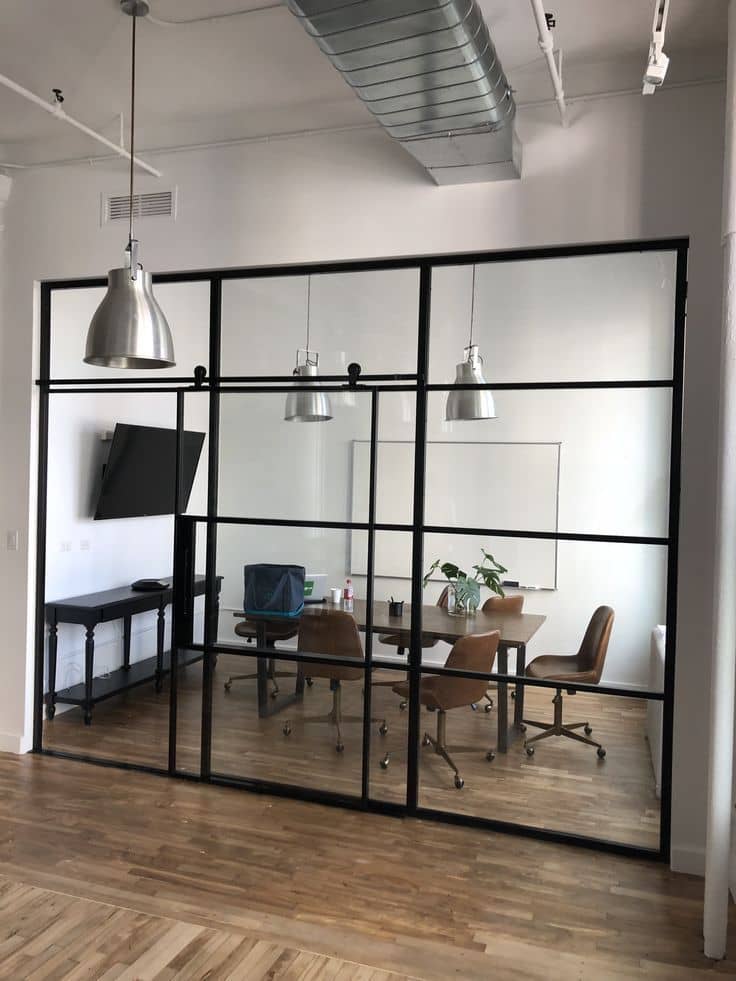
- Commercial
Tenant Improvement Allowance Vancouver: How to Get $25-$50 Per Square Foot
- By matin@quayconstruction.ca
Table of Contents
When you’re planning to lease commercial office space in Vancouver, one of the most valuable negotiation tools at your disposal is the tenant improvement allowance (TIA). This financial contribution from your landlord can significantly reduce your renovation costs and help you create the perfect workspace for your business. Understanding how to effectively negotiate and use your TIA can save you thousands of dollars while ensuring your office meets your specific operational needs.
Quick Reference: Vancouver TIA Rates by Building Type
For busy business owners who need quick answers, here’s what you can expect for tenant improvement allowances in Vancouver’s current market:
2025 Vancouver TIA Rates
- Downtown Class A Office: $35-$50 per sq ft
- Downtown Class B Office: $20-$35 per sq ft
- Suburban Office Space: $15-$25 per sq ft
- New Construction: $40-$60 per sq ft
- Ground Floor Retail: $25-$40 per sq ft
These rates reflect Vancouver’s strong commercial market conditions and can serve as benchmarks for your negotiations.
Understanding Tenant Improvement Allowances
A tenant improvement allowance is money provided by a landlord to help tenants customize their leased commercial space. This allowance is money given from a landlord to a tenant to help pay for the improvements of a space, and it’s typically calculated as a dollar amount per square foot of your leased area.
In Vancouver’s competitive commercial real estate market, TIAs serve as an incentive for landlords to attract quality tenants while helping businesses create functional workspaces without bearing the full cost of customization. The allowance can cover various improvements, from basic cosmetic changes to complete office transformations.
How Much Can You Expect for Your TIA in Vancouver?
The amount of your tenant improvement allowance varies significantly based on several factors, but understanding typical ranges helps set realistic expectations for your office renovation project.
Typical Vancouver TIA Ranges
The tenant improvement allowances can range anywhere between $10-$40 per square foot, though this can vary based on your specific situation. For office spaces specifically, you might expect:
- Class A Buildings: $25-$50 per square foot
- Class B Buildings: $15-$30 per square foot
- Class C Buildings: $10-$25 per square foot
- New Construction: $30-$60 per square foot
These figures represent starting points for negotiations, and the actual amount depends on multiple factors including lease length, market conditions, and the condition of the existing space.
Factors Affecting Your TIA Amount
Several key factors influence how much tenant improvement allowance you’ll receive:
Market Conditions: In Vancouver’s tight commercial real estate market, landlords may offer higher allowances to attract tenants during slower periods or in competitive situations.
Lease Length: Longer-term leases typically command higher TIA amounts. A 10-year lease will generally result in a more substantial allowance than a 3-year agreement.
Space Condition: The current state of your space significantly impacts the allowance. A “cold shell” space (basic structure only) typically receives higher allowances than a “warm shell” (with basic mechanical systems installed).
Tenant Quality: Your business’s financial strength and creditworthiness affect negotiation power. Landlords are more willing to invest in stable, long-term tenants.
Building Quality: Premium buildings in prime Vancouver locations often offer higher allowances as part of their competitive positioning.
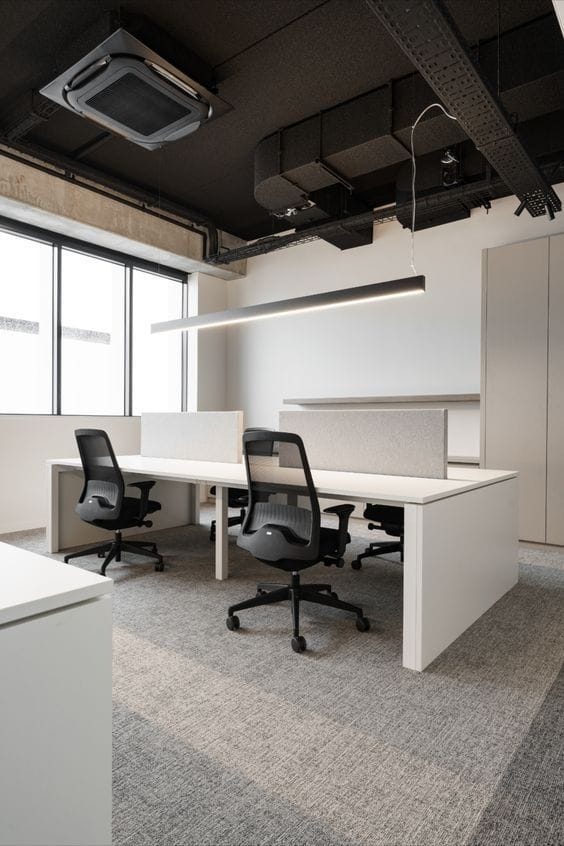
Strategic Negotiation Tips for Vancouver Tenants
Successfully negotiating your TIA requires preparation, market knowledge, and strategic thinking. Here’s how to maximize your allowance:
Before You Negotiate
Get Professional Cost Estimates: Before entering negotiations, obtain detailed estimates for your planned improvements. Understanding the true cost of your office renovation gives you negotiating leverage and prevents you from accepting an insufficient allowance.
Research Market Rates: Understand current TIA rates in your desired area of Vancouver. This knowledge helps you gauge whether offers are competitive.
Prepare Financial Documentation: Be prepared to provide your potential landlord with financials for their review. These normally include two to three years of tax returns, as well as balance sheets, profit and loss analyses, demonstrating your business stability.
Negotiation Strategies
Start High, But Realistically: Begin negotiations above your target amount while staying within reasonable market parameters.
Consider Total Package Value: Sometimes accepting a lower TIA in exchange for reduced rent or other concessions provides better overall value.
Negotiate Timing: Discuss when allowance funds will be available and how they’ll be disbursed during construction.
Clarify Scope: Ensure you understand exactly what improvements the allowance covers and any restrictions on how funds can be used.
What Your TIA Can Cover
Understanding allowable uses for your tenant improvement allowance helps you plan effectively and avoid unexpected costs.
Typically Covered Improvements
Most TIAs cover standard interior improvements including:
- Demising walls and partitions
- Flooring installation and replacement
- Paint and wall coverings
- Lighting fixtures and electrical work
- Basic HVAC modifications
- Millwork and built-in furniture
- Door and window treatments
- Basic plumbing for break rooms
Common Exclusions
Certain improvements typically aren’t covered by TIAs:
- Furniture and equipment
- Specialized technical systems
- Exterior modifications
- Structural changes
- Permit fees and professional services
- Telecommunications and IT infrastructure
Maximizing Your TIA Value
Getting the most from your tenant improvement allowance requires careful planning and smart decision-making throughout the process.
Planning Phase Strategies
Work with Experienced Professionals: Partner with contractors who understand Vancouver’s commercial construction landscape. Experienced teams can help you avoid common office renovation mistakes that waste allowance funds.
Prioritize High-Impact Improvements: Focus allowance spending on changes that provide the greatest functional or aesthetic benefit for your investment.
Consider Phased Approaches: If your allowance doesn’t cover all desired improvements, plan phases that maximize immediate functionality while preparing for future enhancements.
Design and Construction Considerations
Optimize Space Layout: Work with designers to create productive office layouts that maximize your space’s potential within allowance constraints.
Balance Quality and Cost: Select finishes and materials that provide durability and professional appearance while staying within budget.
Plan for Future Needs: Design flexibility into your space to accommodate business growth without requiring major renovations.
Vancouver-Specific Considerations
Vancouver’s unique commercial real estate environment presents specific opportunities and challenges for TIA negotiations.
Permit Requirements
Vancouver has specific permit requirements for commercial improvements that can affect your TIA budget. Understanding the permit process helps you plan accordingly and avoid delays that could impact your allowance timeline.
The City of Vancouver’s Tenant Improvement Program (TIPs) can expedite permits for eligible projects, potentially reducing costs and timelines for your renovation.
Building Code Compliance
Vancouver’s building codes may require specific improvements that impact your TIA budget. Seismic upgrades, accessibility compliance, and energy efficiency standards can all affect renovation costs and should be considered during planning.
Market Dynamics
Vancouver’s competitive commercial real estate market can work in your favor during negotiations. Understanding current vacancy rates and market conditions helps you gauge your negotiating position.
Working with Your Contractor
Selecting the right contractor is crucial for maximizing your TIA value and ensuring project success.
Contractor Selection Criteria
Vancouver Experience: Choose contractors with extensive experience in Vancouver’s commercial market who understand local codes, permit processes, and building requirements.
TIA Project History: Select contractors who have successfully completed numerous TIA projects and understand how to work within allowance constraints.
Timeline Management: Ensure your contractor can meet your project timeline requirements while maintaining quality standards.
Project Management Best Practices
Clear Communication: Maintain regular communication with your contractor about budget status and any potential changes affecting your TIA.
Change Order Management: Establish clear processes for handling changes that might affect your allowance budget.
Quality Control: Implement quality control measures to ensure work meets standards and doesn’t require expensive corrections.
Common TIA Mistakes to Avoid
Learning from others’ mistakes can help you maximize your tenant improvement allowance value.
Planning Mistakes
Insufficient Initial Planning: Rushing into negotiations without proper planning often results in inadequate allowances or poorly designed spaces.
Ignoring Future Needs: Failing to consider business growth or changing needs can result in spaces that require expensive modifications soon after completion.
Underestimating Costs: Inadequate cost research can lead to accepting insufficient allowances that don’t cover planned improvements.
Negotiation Errors
Accepting First Offers: Initial TIA offers are often starting points for negotiation, not final amounts.
Focusing Only on Dollar Amount: Considering only the allowance amount without evaluating terms, timing, and restrictions can lead to problems during construction.
Poor Documentation: Failing to clearly document allowance terms and restrictions can cause disputes during the improvement process.

Understanding the Relationship Between TIAs and Office Renovations
It’s important to understand how tenant improvement allowances relate to broader office renovation projects. While TIAs cover many improvements, they rarely cover complete renovation costs, especially for extensive projects.
When TIAs Aren’t Enough
If your renovation needs exceed your TIA, you’ll need to budget for additional costs. This is where understanding the difference between tenant improvements and office renovations becomes crucial for planning and budgeting.
Complementary Funding Sources
Consider combining your TIA with other funding sources:
- Business capital reserves
- Equipment financing for furniture and technology
- Phased implementation over multiple years
- Partnership with suppliers for extended payment terms
Timeline Considerations
Understanding the timeline for TIA projects helps you plan effectively and avoid unnecessary costs.
Typical TIA Timeline
Most TIA projects in Vancouver follow this general timeline:
Pre-Construction Phase (4-8 weeks):
- Design development
- Permit applications
- Contractor selection
- Final approvals
Construction Phase (6-16 weeks):
- Actual construction time varies based on scope
- Complexity of improvements
- Space size and layout requirements
Post-Construction Phase (1-2 weeks):
- Final inspections
- Punch list completion
- Space preparation for occupancy
Factors Affecting Timeline
Several factors can impact your TIA project timeline:
- Permit approval speed
- Availability of materials
- Contractor schedule
- Complexity of improvements
- Building access restrictions
Financial Planning and Budgeting
Effective financial planning ensures your TIA covers necessary improvements while maintaining overall project budgets.
Budget Allocation Strategies
Priority-Based Budgeting: Allocate TIA funds to highest-priority improvements first, ensuring essential needs are covered before aesthetic enhancements.
Contingency Planning: Reserve 10-15% of your allowance for unexpected costs or changes during construction.
Value Engineering: Work with your contractor to identify cost-saving opportunities that don’t compromise quality or functionality.
Cost Control Measures
Regular Budget Reviews: Monitor spending throughout the project to ensure you stay within allowance limits.
Change Order Management: Carefully evaluate any changes that might affect your TIA budget.
Quality vs. Cost Balance: Make informed decisions about where to invest in higher-quality materials and where to economize.
Frequently Asked Questions About Tenant Improvement Allowances in Vancouver
What is a good tenant improvement allowance per square foot in Vancouver?
A good TIA in Vancouver ranges from $25-$50 per square foot for Class A office space, with $30-$40 being typical for quality buildings with 5+ year leases.
How do I calculate my total tenant improvement allowance?
Multiply your leased square footage by the per-square-foot allowance. For example: 2,000 sq ft × $30/sq ft = $60,000 total allowance.
When do I receive my tenant improvement allowance?
Most landlords provide TIA funds in phases: 50% upon construction start, 25% at midpoint, and 25% upon completion. Some offer upfront payment for established tenants.
Can I negotiate a higher tenant improvement allowance?
Yes, especially with longer lease terms, good credit, and during slower market periods. Professional representation often increases negotiation success.
What happens if I don’t use my full allowance?
Unused TIA funds typically cannot be converted to cash or rent credits, so plan carefully to maximize your allowance value.
Do I need permits for tenant improvements in Vancouver?
Yes, most TI projects require permits. Vancouver’s TIPs program can expedite permits for eligible projects, reducing timeline and costs.
Conclusion
Tenant improvement allowances represent a valuable opportunity to create the perfect office space while minimizing your renovation costs. In Vancouver’s competitive market, securing $25-$50 per square foot is possible with the right strategy and professional guidance.
Success depends on understanding current market rates, negotiating effectively, and working with experienced professionals who can maximize your allowance value. The key is thorough preparation, realistic planning, and partnering with contractors who understand Vancouver’s unique commercial construction environment.
Get Your Free TIA Maximization Consultation
Ready to secure the best possible tenant improvement allowance for your Vancouver office space? QUAY offers a free consultation to help you:
- Assess your space requirements and renovation needs
- Estimate realistic TIA amounts based on current market rates
- Develop negotiation strategies to maximize your allowance
- Create detailed budgets that stretch your TIA further
- Navigate Vancouver’s permit process efficiently
Call (778) 697-9924 or contact us online to schedule your free consultation. Don’t leave money on the table – let our Vancouver office renovation experts help you get the maximum value from your tenant improvement allowance.
Serving Vancouver, Burnaby, Richmond, and the Lower Mainland with professional commercial renovation services since 2019.
Related Posts
